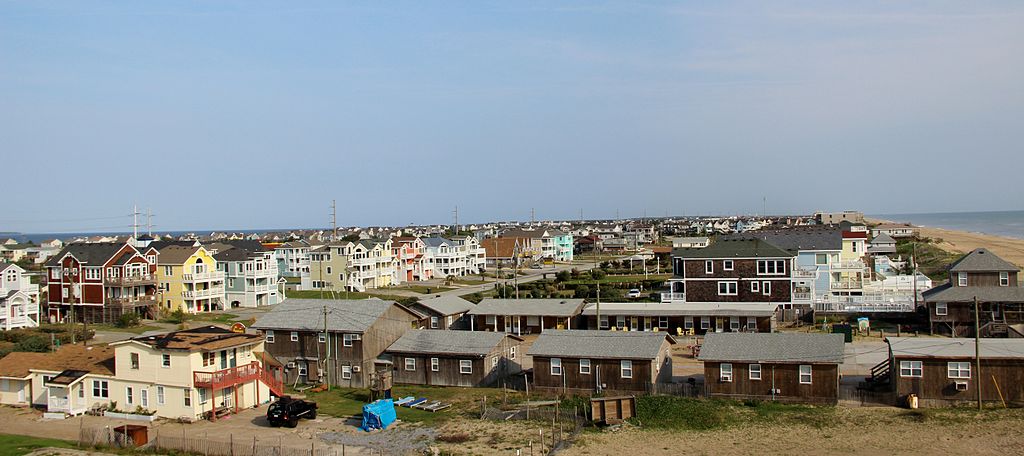The U.S. Department of Energy (DOE) said it will work with 11 remote and island communities around the United States and provide federal assistance to bolster their energy infrastructure, reduce the risk of outages, and improve their future energy and economic outlook.
DOE said that remote coastal and island communities often face high energy costs and vulnerable energy infrastructure due to their increased risk of natural disasters and climate change.
The 11 selected communities are:
Alaska Longline Fishermen’s Association (ALFA), Sitka, Alaska – ALFA’s fishing fleet is reliant on diesel fuel imports, the cost of which makes up most of the fishers’ earned income. With ETIPP, they will investigate the possibility of developing a hybrid fuel or electrified fishing fleet to reduce diesel reliance and increase the earning potential of their members.
Dillingham, Alaska – Barge shipments containing the fossil fuels needed to power Dillingham’s islanded grid are a big expense to the community. Through ETIPP, Dillingham and nearby communities will explore the impact and benefits of the Nuyakuk River Hydroelectric Project.
Eastport, Maine – To increase their energy resilience, reduce carbon emissions, and leverage their tidal resource potential, Eastport will explore the infrastructure and siting needs of a microgrid which integrates with the existing regional grid.
Honolulu, Hawaii – To harden their electrical infrastructure from the threat of severe weather, Honolulu will look to develop a hybrid microgrid opportunity map that identifies the best opportunities for this technology to support resilience.
Islesboro, Maine – Due to a vulnerable electric infrastructure, Islesboro relies on the mainland for their electricity, oil, gas, internet, and food. Islesboro is seeking to employ energy efficiency measures for their municipal and residential buildings, as well as researching renewable resource potential and storage options to be more self-sufficient.
Kauai, Hawaii – Kauai will explore alternative and autonomous mobility options for its residents and tourists to move away from fossil-fuel powered single occupancy vehicles and toward a modern, clean transportation system.
Nags Head, North Carolina – Nags Head is vulnerable to severe weather events and long-term, rising trends in global sea level. To build up their resilience and prevent future disasters, Nags Head will explore various renewable energy and energy efficiency deployments and work toward securing 48 to 72 hours of backup generation for facilities used by first responders.
Ocracoke Island, North Carolina – Ocracoke is planning for an electrified future and is exploring electrifying its ferry fleet, which residents are dependent on for transportation to the mainland. ETIPP will analyze the additional grid infrastructure needs that come with an all-electric ferry fleet, and how Ocracoke can best prepare for this future.
Ouzinkie, Alaska – Ouzinkie currently relies on diesel generators and an aging hydroelectric system to power their community but is looking to understand how they can optimize their use of renewables and storage.
Sitka, Alaska – To build up their renewable energy generation to support a growing community with changing needs, Sitka plans to assess the available renewable resources in and around their community while planning for a more modern grid control system.
Wainwright, Alaska – Located in the Arctic Circle, Wainwright is a fully diesel-fired, islanded power grid looking to employ energy efficiency measures and renewable power where possible to decrease its reliance on diesel and increase its community resilience.
These projects are funded by Office of Energy Efficiency and Renewable Energy’s Energy Transition Initiative, Solar Energy Technologies Office, Water Power Technologies Office, and are supported by DOE’s Office of Electricity. Experts also will be available from DOE’s National Renewable Energy Laboratory, Pacific Northwest National Laboratory, Sandia National Laboratories, and Lawrence Berkeley National Laboratory.
New communities will be able to apply this fall to be in the second group receiving technical assistance.
This content is protected by copyright and may not be reused. If you want to cooperate with us and would like to reuse some of our content, please contact: editors@pv-magazine.com.









By submitting this form you agree to pv magazine using your data for the purposes of publishing your comment.
Your personal data will only be disclosed or otherwise transmitted to third parties for the purposes of spam filtering or if this is necessary for technical maintenance of the website. Any other transfer to third parties will not take place unless this is justified on the basis of applicable data protection regulations or if pv magazine is legally obliged to do so.
You may revoke this consent at any time with effect for the future, in which case your personal data will be deleted immediately. Otherwise, your data will be deleted if pv magazine has processed your request or the purpose of data storage is fulfilled.
Further information on data privacy can be found in our Data Protection Policy.